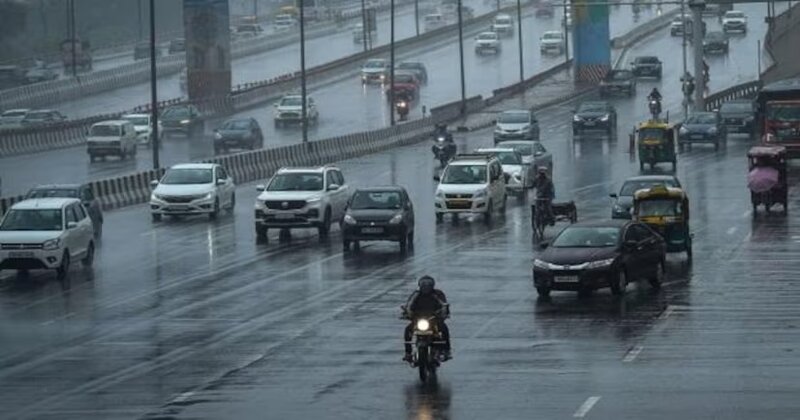
Northwest and eastern India are expected to experience wetter conditions during Holi due to the influence of multiple cyclonic troughs bringing rains. Pre-Holi cloudy weather and occasional light rain with gusty winds have been observed in northwest India, including Delhi-NCR, attributed to the ongoing western disturbance. The Indian Meteorological Department has predicted another spell of western disturbance on March 26, likely resulting in light to moderate snowfall in higher Himalayan regions and scattered rain with thunderstorms in Punjab, Haryana, western UP, and Rajasthan from March 26 to 29.
Experts note a change in the pattern of western disturbances, which traditionally occurred during winter but are now more frequent post-winter. This shift is often attributed to climate change, with this year’s winter being notably dry and snowless. The sudden increase in the frequency of western disturbances from late February has led to alterations in weather patterns, affecting temperatures and precipitation levels across northwest India. Meanwhile, a cyclonic circulation over northeast Assam and a trough extending from northwest Bihar to southeast Assam are expected to bring widespread rainfall to Bihar, Jharkhand, and northeast states, with snowfall likely in the sub-Himalayan region, impacting standing wheat crops ready for harvest.
In addition to the wetter conditions in northwest and eastern India, hot and humid weather is expected over certain southern regions, including Rayalaseema, Tamil Nadu, Puducherry, Karaikal, Kerala, and Mahe. However, isolated areas in Saurashtra and Kutch may experience heat wave conditions on March 26-27. An analysis by Climate Central suggests a warming trend during Holi over the past five decades, particularly in northern and western regions during March. This warming trend has led to increased temperatures in various states, with Maharashtra, Bihar, and Chhattisgarh experiencing a higher probability of temperatures exceeding 40°C compared to the early 1970s.

Post Your Comments